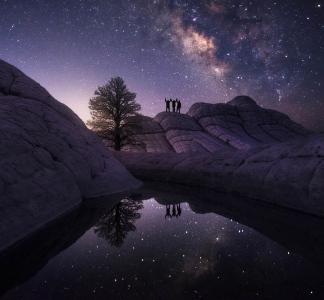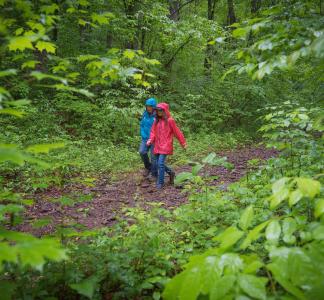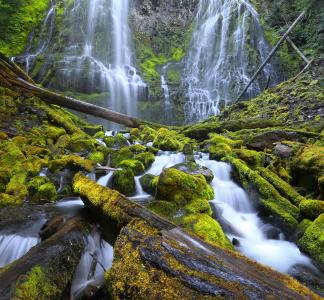Wildlands protect diminishing dark skies
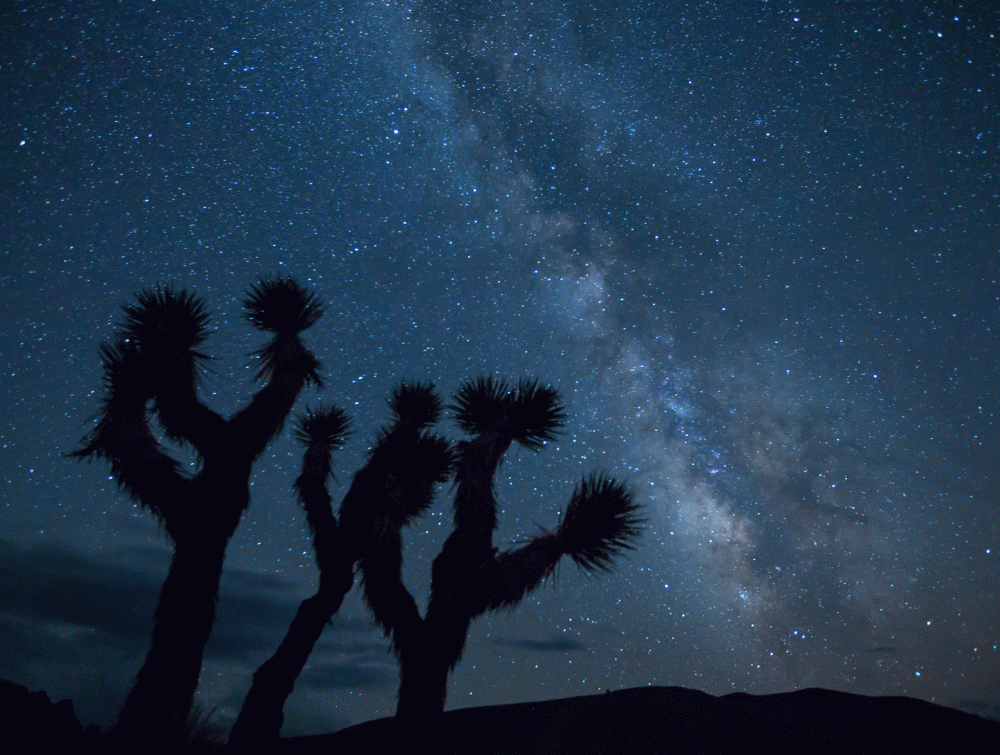
Piper Mountain, CA.
Bob Wick, BLM.
The night skies are one of our precious resources
This week (April 21 to April 25) is International Dark Sky Week 2025, a time for us to appreciate the beauty and fragility of the night skies above our wild lands.
Most of us are aware that the Earth is rapidly changing and that natural resources are dwindling. Arctic seas are melting, forests are catching fire and being logged, even deserts are being mined for their renewable energy potential. But many of us have yet to consider another precious asset of our world: our skies.
Sunrises and sunsets can bring beauty to any landscape, but after the sun sets our skies also allow us to witness an entirely different space and time. Who hasn’t felt the deep satisfaction of staring into a starry sky during an outdoor camping trip? Stars, planets and even the edge of our galaxy can be seen with the naked eye at night - that is if the sky is dark enough.
 With cities growing more populous and expansive, rampant light pollution is commonplace nowadays. The image above demonstrates how urban lights can inhibit our ability to experience truly dark skies. Our well-lit homes and roads not only waste energy but also pose a threat to our health as well as wildlife. This is why the National Parks Service monitors and studies light pollution at its parks.
With cities growing more populous and expansive, rampant light pollution is commonplace nowadays. The image above demonstrates how urban lights can inhibit our ability to experience truly dark skies. Our well-lit homes and roads not only waste energy but also pose a threat to our health as well as wildlife. This is why the National Parks Service monitors and studies light pollution at its parks.
Currently, more than 45 parks administered by the National Park Service have been certified as International Dark Sky Places by DarkSky International.
Here are some of our favorite places to catch starry night skies:
Natural Bridges National Monument, Utah

Night sky at Owachomo Bridge
Jacob W. Frank, NPS
Big Bend National Park, Texas
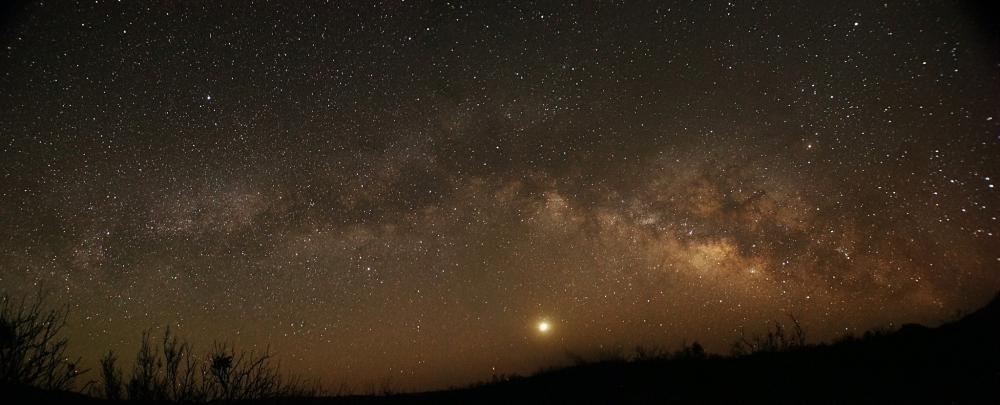
Venus and the Milky Way seen from Big Bend National Park.
Patrick Denker, flickr.
Death Valley National Park, California
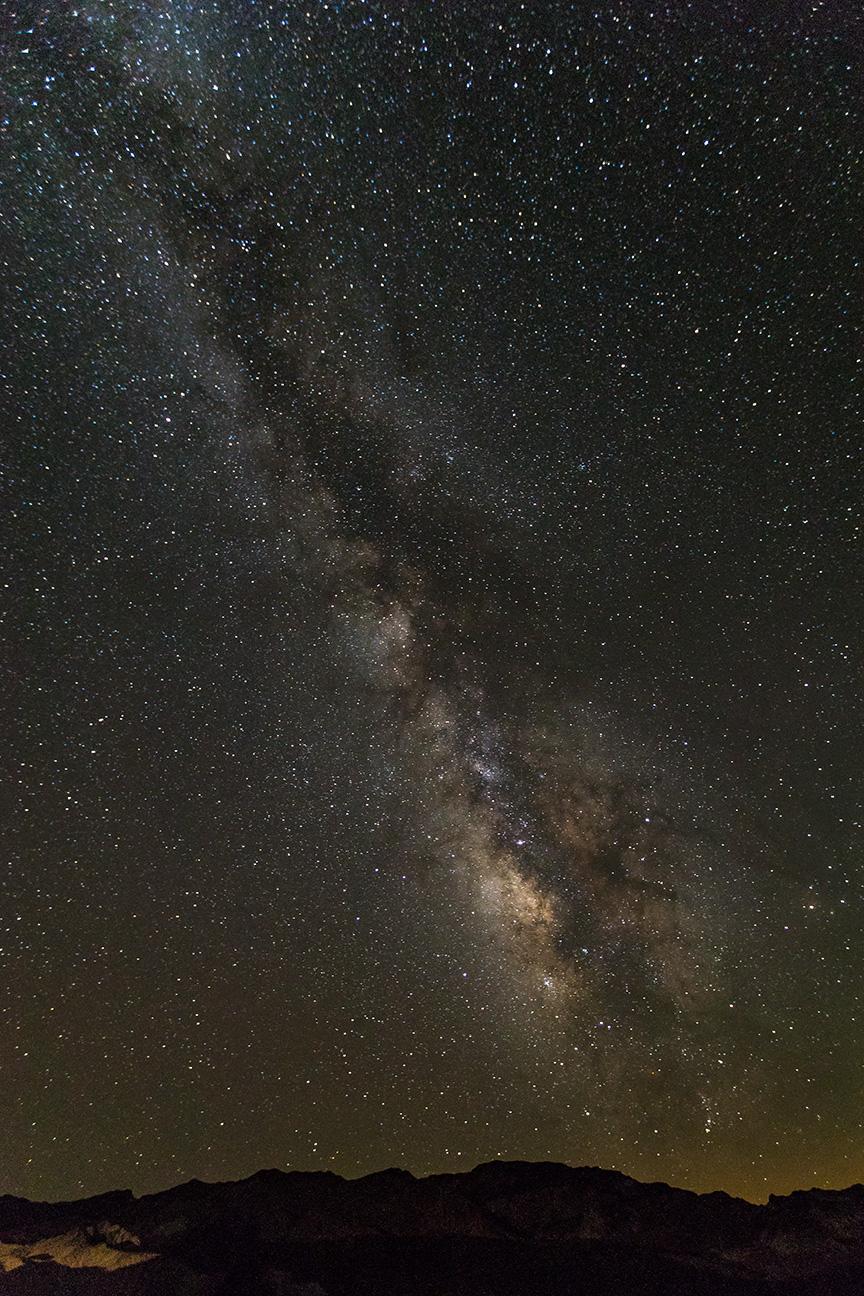
Milky Way over Zabriskie Point, Death Valley National Park, CA.
James Marvin Phelps, flickr.
Chaco Culture National Historical Park, New Mexico

Star trails over Casa Rinconada
D. Davis, NPS
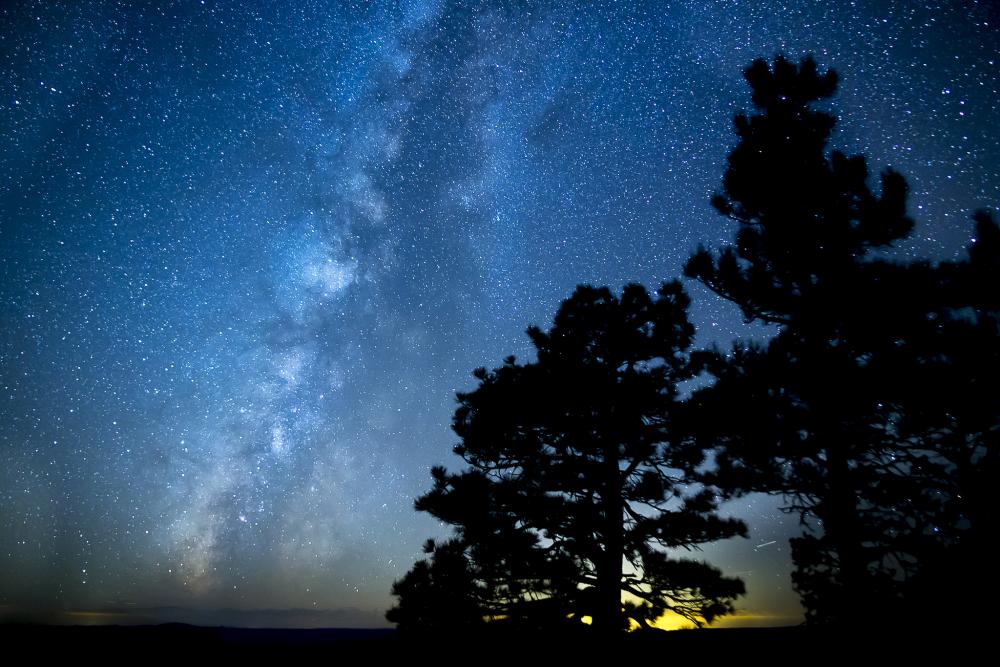
The Grand Canyon-Parashant National Monument night sky.
Bob Wick, BLM.
Hovenweep National Monument, Colorado and Utah
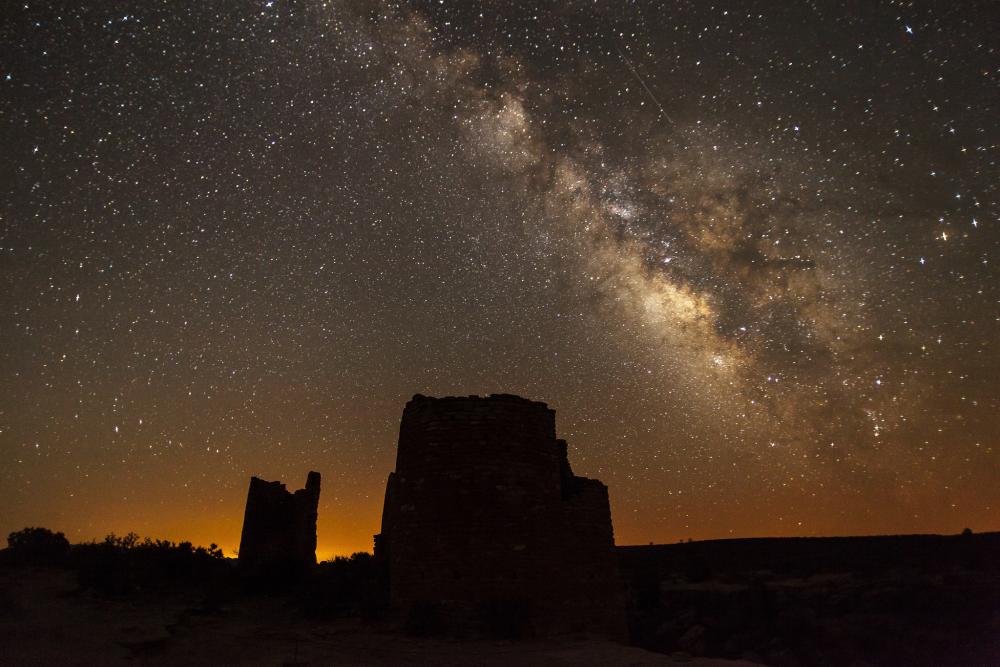
Milky Way at the Square Tower Group.
Jacob W. Frank, NPS.
These dark sky parks offer astronomy programs where visitors can learn more about astral bodies and events. The National Parks Service also recommends these places for their amazing starry skies:
- Capitol Reef National Park
- Great Basin National Park
- Denali National Park
- Canyonlands National Park
- Yellowstone National Park
- Bryce Canyon National Park
- Hawaii Volcanoes National Park
- Grand Canyon National Park
- Glen Canyon National Recreation Area
- Gila Cliff Dwellings National Monument
Growing populations and urban expansion aren't the only threats to these skies. Energy development with its expansion across the West brings lights with its oil rigs, gas flares and disposal wells. Even if drilling isn't happening on wildlands, lights from those nearby can hinder stunning views of our expansive universe.
Protected lands also mean protected skies. Just like the water these lands may host, dark skies are a dwindling resource that may be more important than we think. In fact, studies on how light affects our sleep have shown that our slumber can be improved by venturing outdoors to places where light pollution is absent.
Stargazers and wilderness lovers alike: please join us in keeping America’s skies wildly dark!

